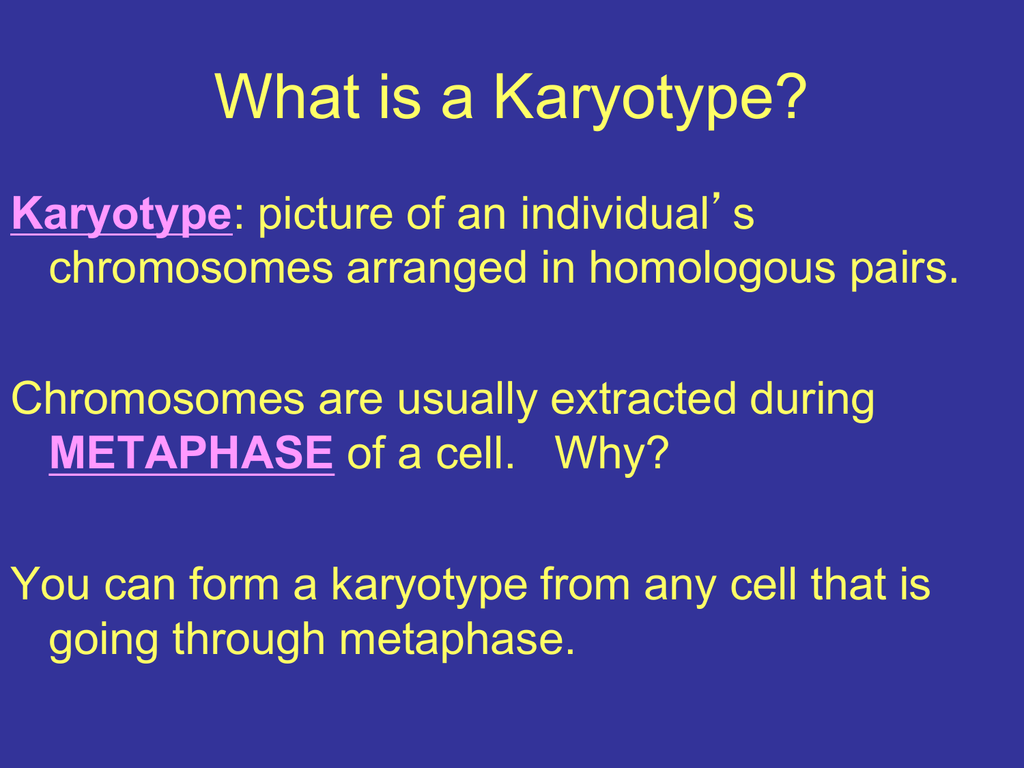
The primitive race (P), 2n = 32 (considered ancestral in the Liolaemus), is located in the southernmost distribution. At least five chromosomal races, whose complexity increases from south to north, have been recognized ( Figure 1). monticola is a suitable model to study chromosomal evolution because it displays different CR with elevated polymorphism and diploid chromosome numbers ranging from 2n = 32 to 44. This complex is endemic to Chile and is widely distributed throughout the Andes, Coastal, and Transversal Mountain ranges, from 320 to 2000 masl, and between 31° and 35° south latitudes.

One chromosomally derived group in Liolaemus is the L. However, some species present increased chromosome numbers derived from the plesiomorphic karyotypes, which could have originated via Robertsonian rearrangements or polyploidy. These features are considered the ancestral state in Liolaemus and primitive among iguanians. The submetacentric chromosome pair 2 has visible secondary constrictions in the long arms, which correspond to the nucleolar organizing region (NOR). Liolaemus shows extensive karyotypic variation, and most taxa karyotyped to date have six pairs of metacentric macrochromosomes and 20–22 microchromosomes (2n = 32–34). Thus, the genus Liolaemus is a suitable model to study evolutionary biology. The genus Liolaemus is by far the most diverse and highly speciose group in Liolaemidae, with over 292 species widely distributed in southern South America that are characterized by high ecological, chromosomal, genetic, and morphological diversity. For instance, wide CV has been reported for the pleurodont iguanians Anolis, Sceloporus, and Liolaemus, and these complex chromosomal rearrangements could be exceptionally relevant for the high speciation described in these groups.Īmong iguanians, Liolaemidae is a large and diverse monophyletic family of lizards, endemic to South America, that has been classified into three genera: Ctenoblepharis, Phymaturus, and Liolaemus. Chromosome variation is of special interest in highly radiated groups, where CR have been proposed as one of the genetic mechanisms associated with high speciation rates, as reported for some reptiles. Indeed, CR can usually produce strong evolutionary effects by preventing or reducing the fertility of hybrids, creating a barrier to genetic exchange, and influencing the differentiation of individuals within a population. Several models have proposed that CR are causal to genic diversification between populations and therefore facilitate speciation.

Chromosomal variation (CV) can be mediated by different structural and/or numerical CR, such as Robertsonian translocations (centric fissions and centric fusions), inversions, and translocations. Thus, mutations or chromosomal rearrangements (CR) may play an important role in speciation. Many closely related plant and animal taxa differ in their chromosomal characteristics. These results show the relevant role of chromosome mutations in evolution, especially for highly speciose groups such as Liolaemus lizards. monticola to seven, suggesting a complex evolutionary history of chromosomal rearrangements, population isolation by barriers, and hybridization.

Our results increase the number of chromosomal races in L. Additionally, we detected a new chromosomal race north of the Petorca River, the Northern Modified 2 (NM2) race, which is polymorphic for novel centric fissions in pairs 3 and 4. Both races present centric fissions in pairs 1 and 2, as well as a pericentric inversion in one fission product of pair 2 that changes the NOR position. We expanded the distribution of the previously described Multiple Fissions race (re-described as MF2), in the Coastal range between the Aconcagua River and the Petorca River, and described a new Multiple Fissions 1 (MF1) race in the Andean range. Here, we compared chromosomal and mitochondrial cytochrome b data from 15 localities across the northern geographic distribution of L. The Liolaemus monticola complex in Chile is a unique model consisting of several chromosome races arranged in a latitudinal sequence of increasing karyotype complexity from south to north. Chromosomal rearrangements can directly influence population differentiation and speciation.


 0 kommentar(er)
0 kommentar(er)
